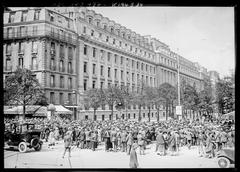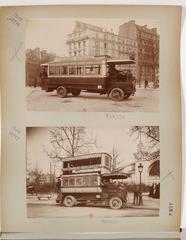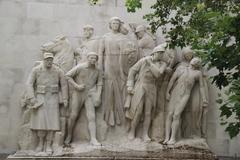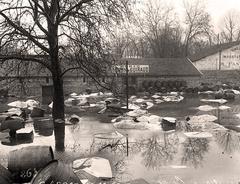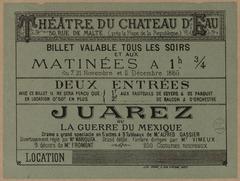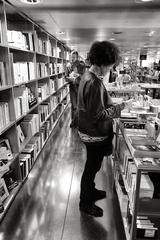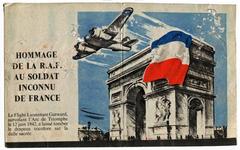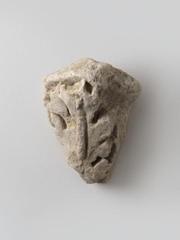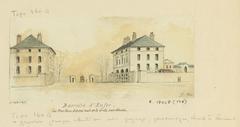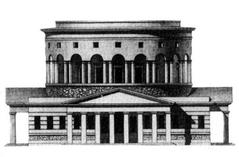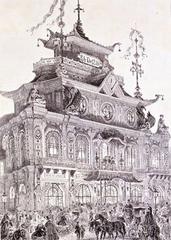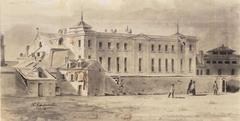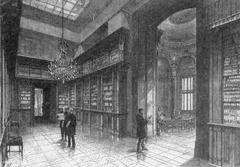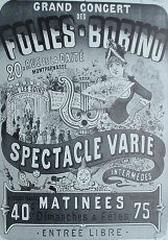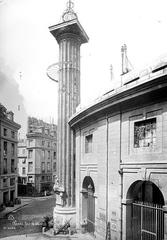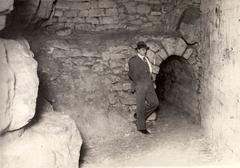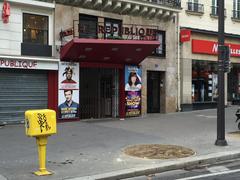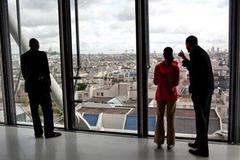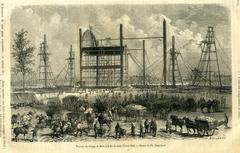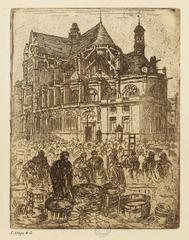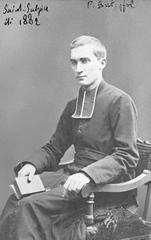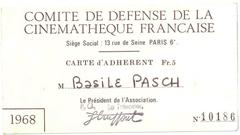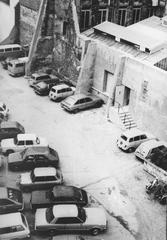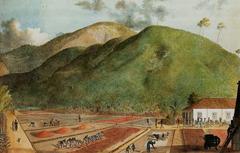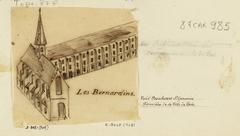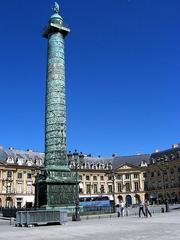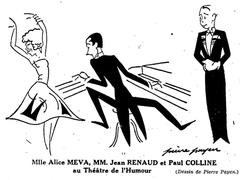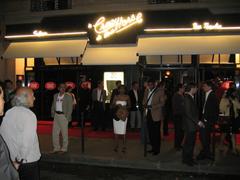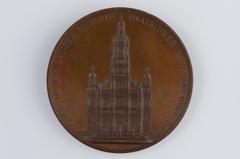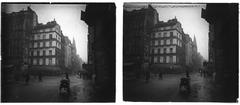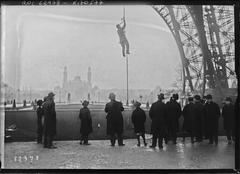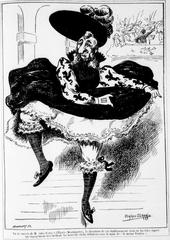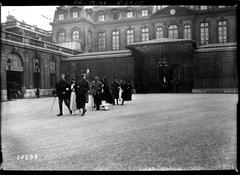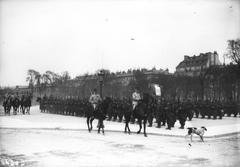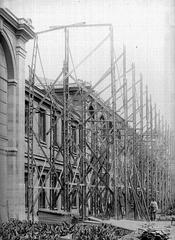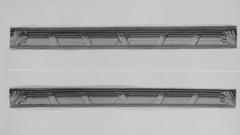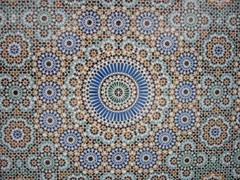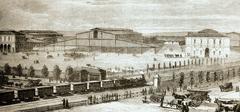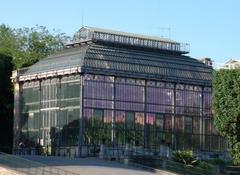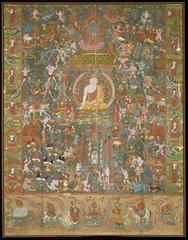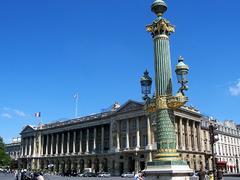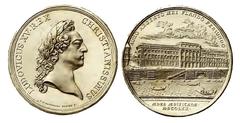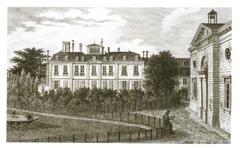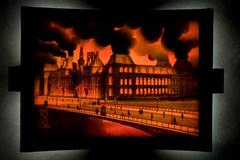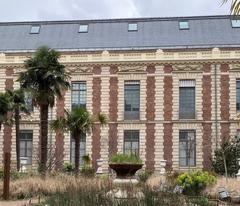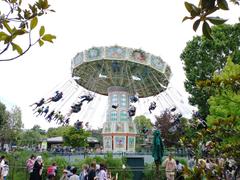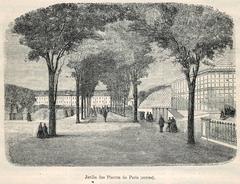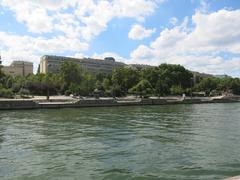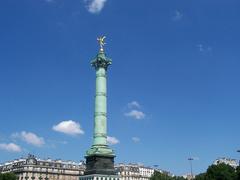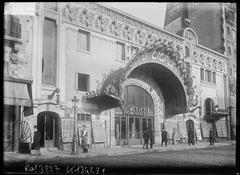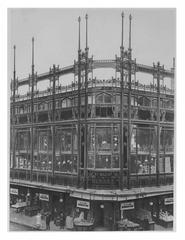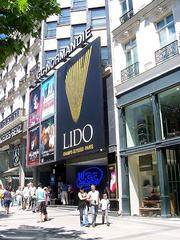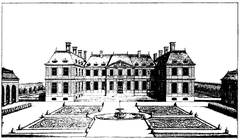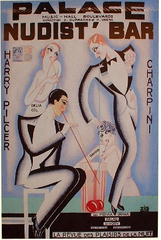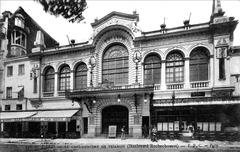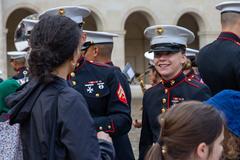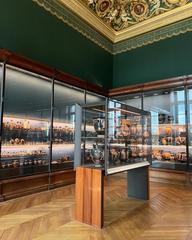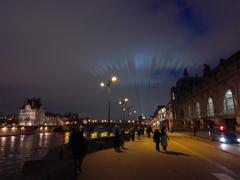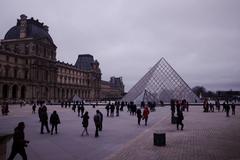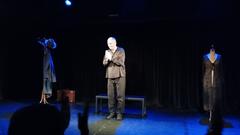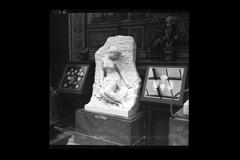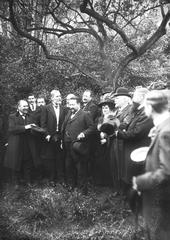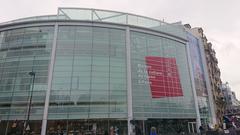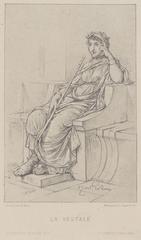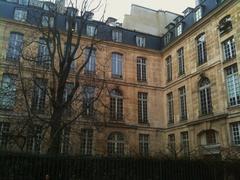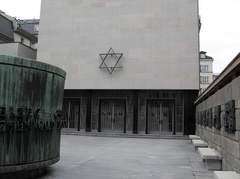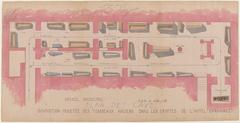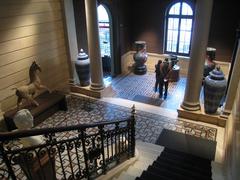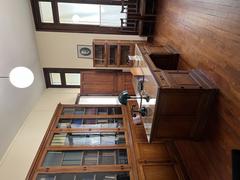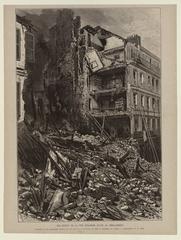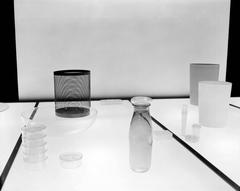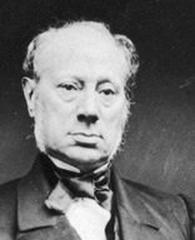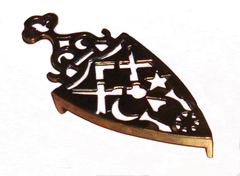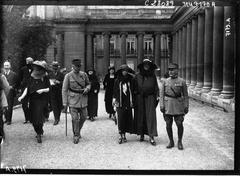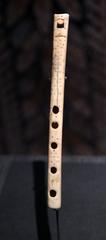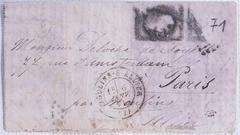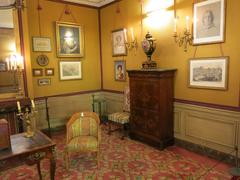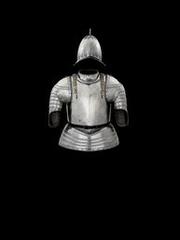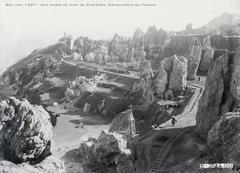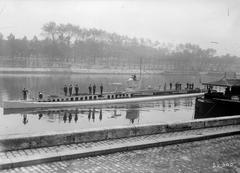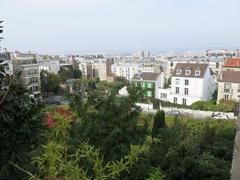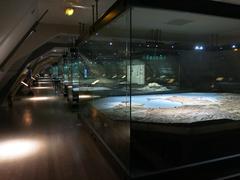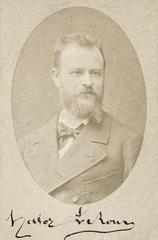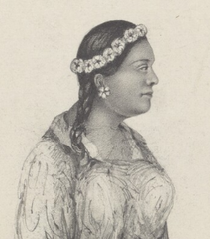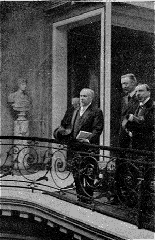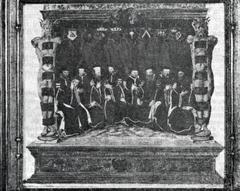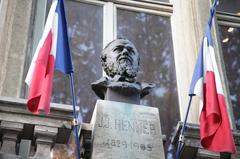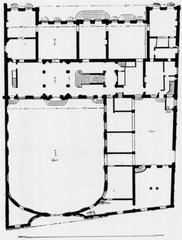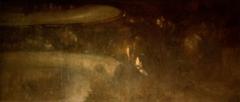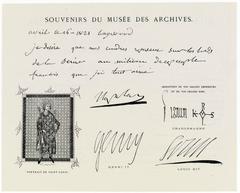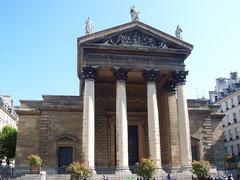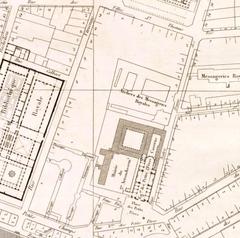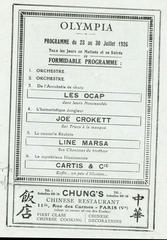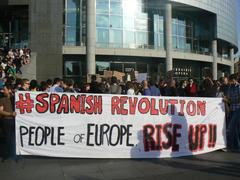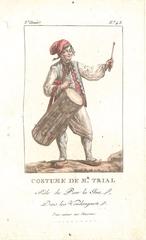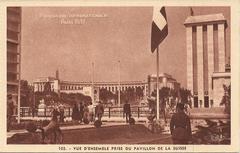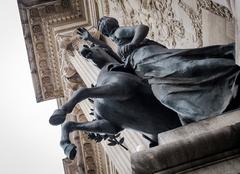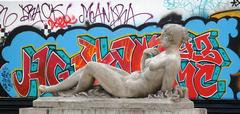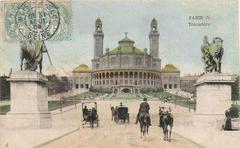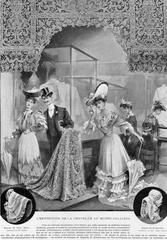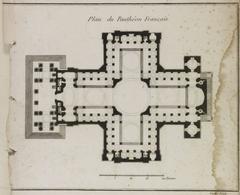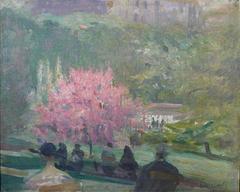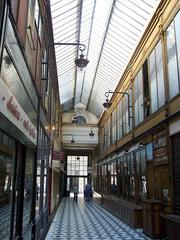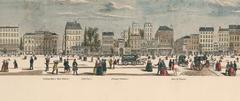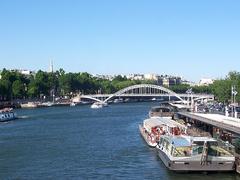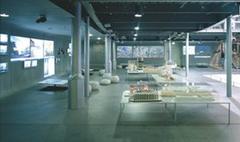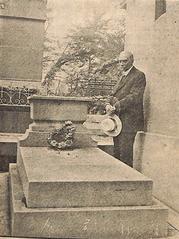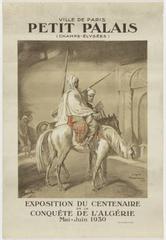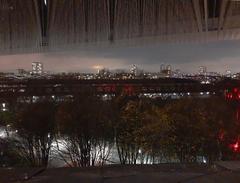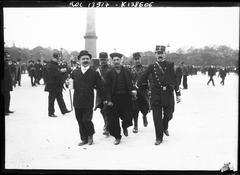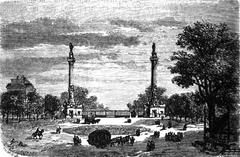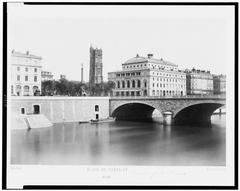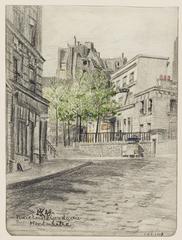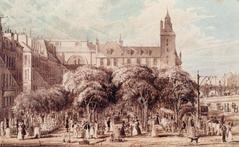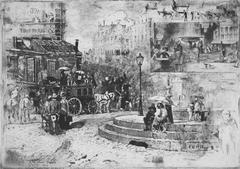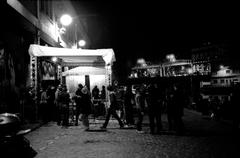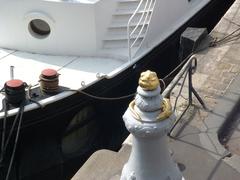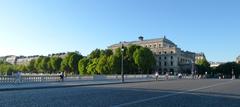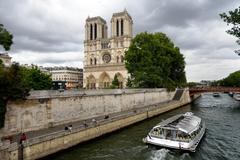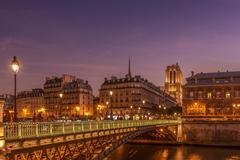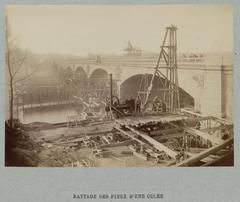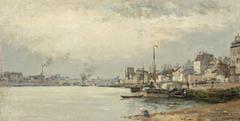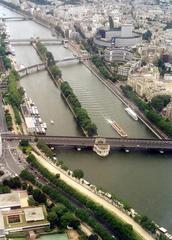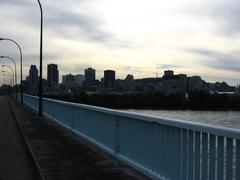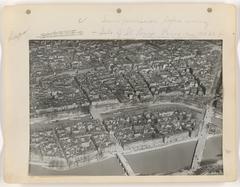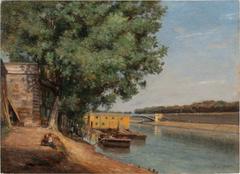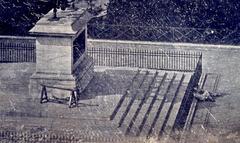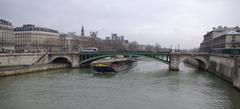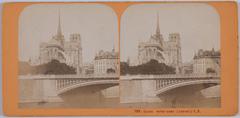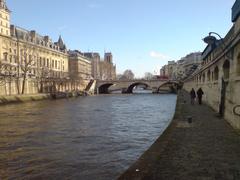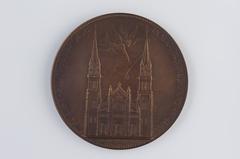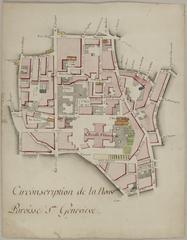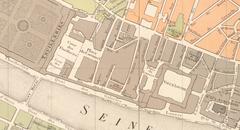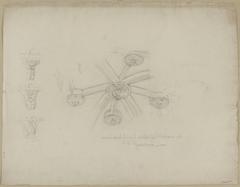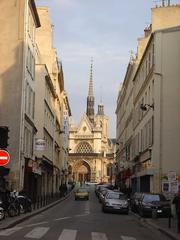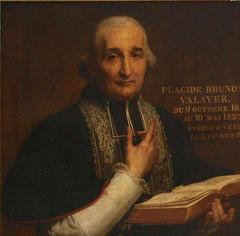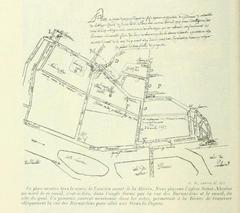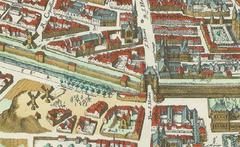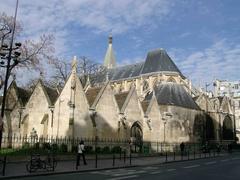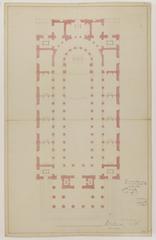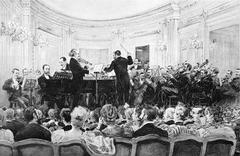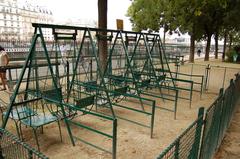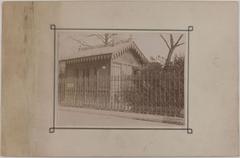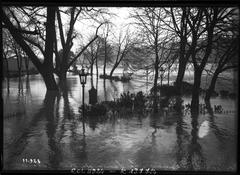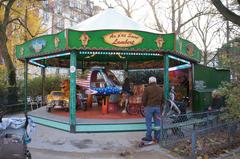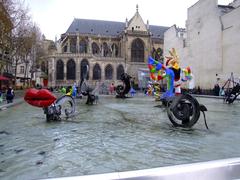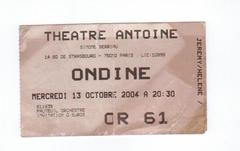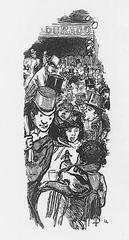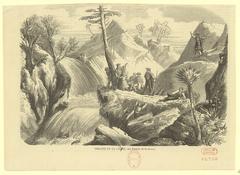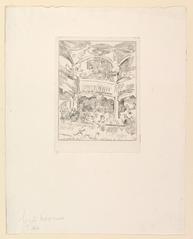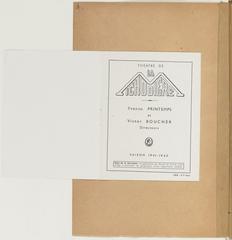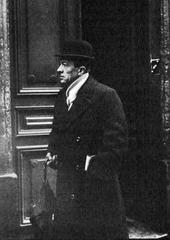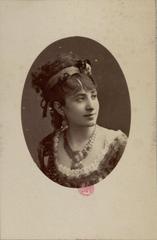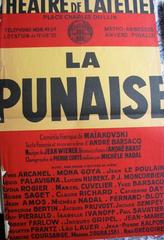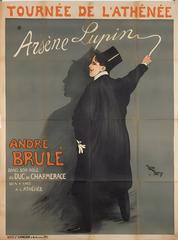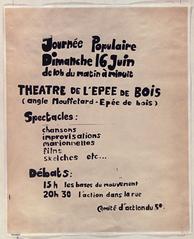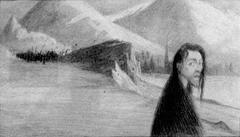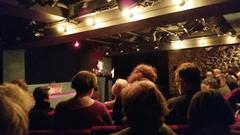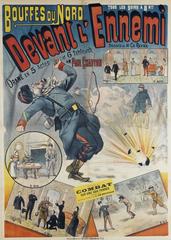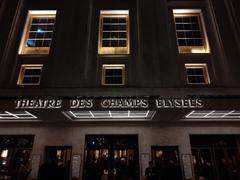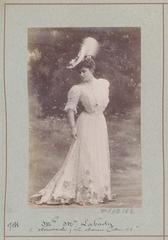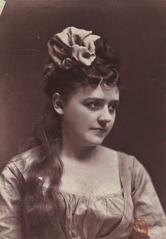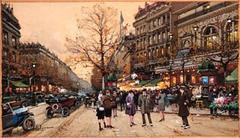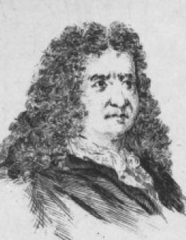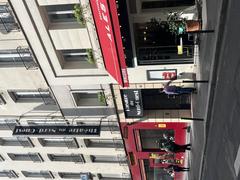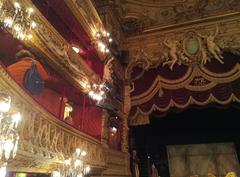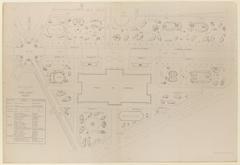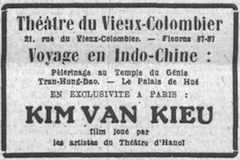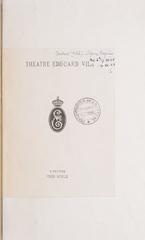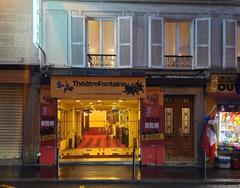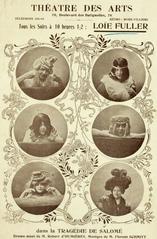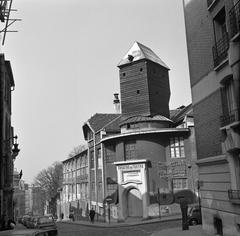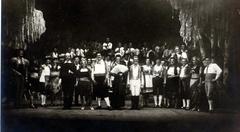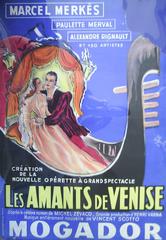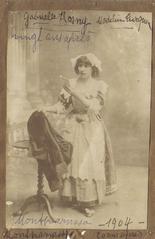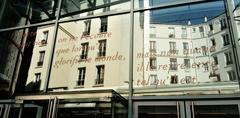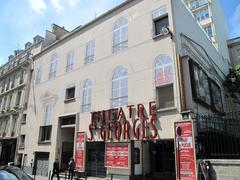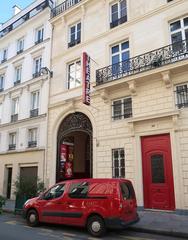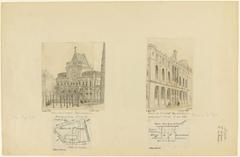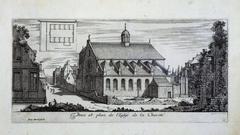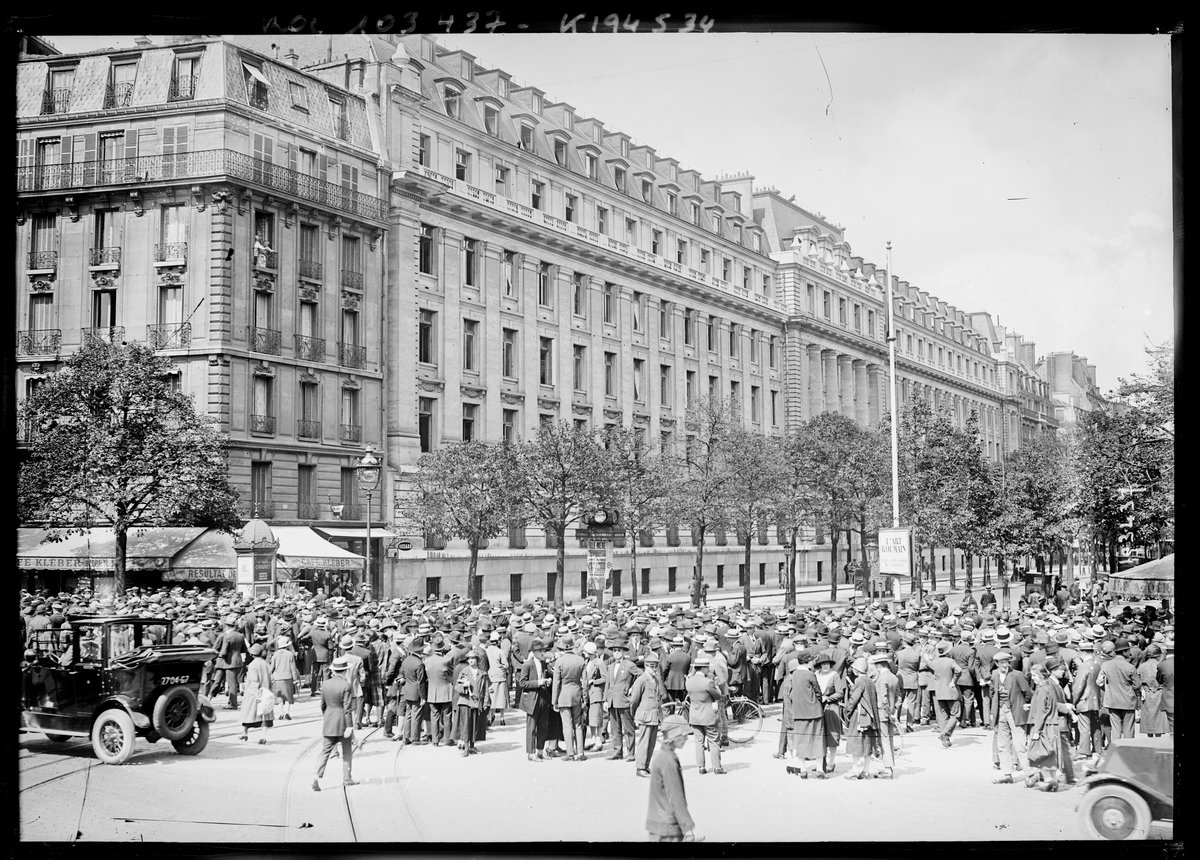
Visiting the Statue Equestre du Maréchal Ferdinand Foch in Paris
Date: 17/07/2024
Introduction
The Statue Equestre du Maréchal Ferdinand Foch is a significant landmark in Paris, France, commemorating one of the most esteemed military leaders of World War I. Situated at the Place du Trocadéro, this monument not only honors Marshal Ferdinand Foch’s pivotal role in the Allied victory but also symbolizes France’s enduring resilience. This comprehensive guide aims to provide visitors with detailed insights into the statue’s rich history, practical visitor information, travel tips, and nearby attractions, ensuring a rewarding experience for all who visit. Understanding the historical and cultural importance of the statue enhances its appreciation, making it more than just a visual spectacle but a profound reminder of the past. (Musée de l’Armée, French Ministry of Culture)
Table of Contents
- [Introduction](#introductionintroduction)
- [History of the Statue Equestre du Maréchal Ferdinand Foch](#history-of-the-statue-equestre-du-maréchal-ferdinand-fochhistory-of-the-statue-equestre-du-marechal-ferdinand-foch)
- [Origins and Commissioning](#origins-and-commissioningorigins-and-commissioning)
- [Design and Sculptor](#design-and-sculptordesign-and-sculptor)
- [Construction and Unveiling](#construction-and-unveilingconstruction-and-unveiling)
- [Historical Context](#historical-contexthistorical-context)
- [Visitor Information](#visitor-informationvisitor-information)
- [Visiting Hours](#visiting-hoursvisiting-hours)
- [Ticket Prices](#ticket-pricesticket-prices)
- [Accessibility](#accessibilityaccessibility)
- [Travel Tips](#travel-tipstravel-tips)
- [Nearby Attractions](#nearby-attractionsnearby-attractions)
- [Eiffel Tower](#eiffel-towereiffel-tower)
- [Other Historical Sites](#other-historical-sitesother-historical-sites)
- [Cultural and Educational Value](#cultural-and-educational-valuecultural-and-educational-value)
- [Cultural Impact](#cultural-impactcultural-impact)
- [Educational Value](#educational-valueeducational-value)
- [Restoration and Preservation](#restoration-and-preservationrestoration-and-preservation)
- [FAQ](#faqfaq)
- [Conclusion and Call to Action](#conclusion-and-call-to-actionconclusion-and-call-to-action)
History of the Statue Equestre du Maréchal Ferdinand Foch
Origins and Commissioning
The Statue Equestre du Maréchal Ferdinand Foch was commissioned in the early 1930s, a decade after Marshal Ferdinand Foch’s death in 1929. This decision was motivated by his pivotal role in leading the Allied forces to victory during World War I. The statue was intended to commemorate his military achievements and his contributions to the defense of France.
Design and Sculptor
Renowned French sculptor Robert Wlérick designed the statue, chosen through a competitive process. The equestrian statue depicts Marshal Foch in full military regalia, mounted on a horse, symbolizing his leadership and command during the war. Wlérick’s design is both realistic and symbolic, capturing Foch’s determination and strength.
Construction and Unveiling
The construction of the statue began in 1933 and was completed in 1936. Cast in bronze for its durability and grandeur, the statue was unveiled on November 11, 1936, coinciding with Armistice Day. The unveiling ceremony was attended by numerous dignitaries, military officials, and the public, highlighting its significance as a national symbol of remembrance and honor.
Historical Context
Marshal Ferdinand Foch played a crucial role in the final stages of World War I as the Supreme Allied Commander. His strategic acumen and leadership were instrumental in the signing of the Armistice on November 11, 1918. His contributions to the war effort earned him widespread recognition and respect, both in France and internationally.
Visitor Information
Visiting Hours
The Statue Equestre du Maréchal Ferdinand Foch is accessible to the public 24/7, allowing visitors to enjoy the monument at any time of day.
Ticket Prices
There is no admission fee to visit the statue, making it an excellent addition to a cost-effective tour of Paris.
Accessibility
The Place du Trocadéro is wheelchair accessible, ensuring that visitors with mobility impairments can enjoy the monument. Public transportation options, including nearby metro stations, offer convenient access.
Travel Tips
- Best Time to Visit: Early morning or late evening visits can offer a more peaceful experience and better lighting for photographs.
- Safety: Be mindful of your belongings, as the area can be crowded, especially during peak tourist seasons.
- Weather: Check the weather forecast and dress appropriately, as the statue is outdoors.
Nearby Attractions
Eiffel Tower
Located just across the Seine River, the Eiffel Tower is a must-visit landmark when in the area. Its proximity to the Statue Equestre du Maréchal Ferdinand Foch makes it easy to include both in your itinerary.
Other Historical Sites
- Musée de l’Homme: A museum dedicated to human history and anthropology, located in the Place du Trocadéro.
- Palais de Chaillot: Home to several museums and cultural institutions, offering a variety of exhibitions and performances.
Cultural and Educational Value
Cultural Impact
The statue has become an integral part of Paris’s cultural and historical landscape. It is frequently visited by tourists, historians, and military enthusiasts, serving as a focal point for commemorative events and ceremonies, particularly on Armistice Day.
Educational Value
The statue offers significant educational value, providing insights into World War I and the role of military leadership. Informational plaques and guided tours provide additional context, enhancing the educational experience for visitors.
Restoration and Preservation
The Statue Equestre du Maréchal Ferdinand Foch has undergone several restoration efforts to preserve its condition. These efforts include cleaning, re-patination, and structural repairs, essential for maintaining the statue’s historical and cultural significance for future generations.
FAQ
Q: What are the visiting hours for the Statue Equestre du Maréchal Ferdinand Foch?
A: The statue is accessible 24/7.
Q: Is there an admission fee to visit the statue?
A: No, visiting the statue is free of charge.
Q: Is the statue wheelchair accessible?
A: Yes, the Place du Trocadéro is wheelchair accessible.
Q: What nearby attractions can I visit?
A: You can visit the Eiffel Tower, Musée de l’Homme, and Palais de Chaillot, all located nearby.
Conclusion and Call to Action
Plan your visit to the Statue Equestre du Maréchal Ferdinand Foch and immerse yourself in a piece of French history. Download the mobile app Audiala for more travel tips and updates, check out related posts, and follow us on social media for the latest news and recommendations. (Paris tourism website, Musée de l’Armée)
References
- Musée de l’Armée. (n.d.). Retrieved from Musée de l’Armée
- French Ministry of Culture. (n.d.). Retrieved from French Ministry of Culture
- Paris tourism website. (n.d.). Retrieved from Paris tourism website
